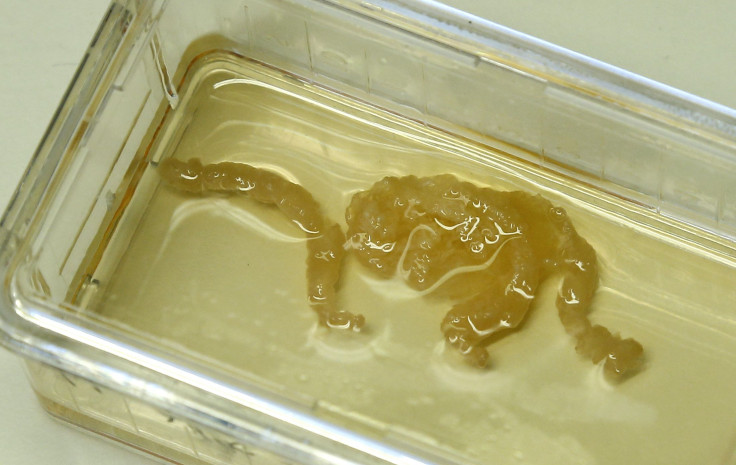AI Based 3D Stem Cell Image Prediction Could Help Cure Cancer

Every stem cell is different from other stem cell and therefore, it is tough to map a pattern between them. A new online catalogue made using artificial intelligence (AI) based prediction will have 6,000 different images predicting stem cell structures, which could make mapping a pattern of cells easier.
The Allen Cell Explorer made by the Allen Institute for Cell Science in Seattle, Washington will have pictures of induced pluripotent stem cells (iPS), which will glow using fluorescent markers to highlight different genes.The visuals, which have been created using AI-based deep learning analysis and cell lines altered using gene editing tool Crispr will allow researchers to analyze the variations in the cell layouts, which could help cure diseases such as cancer.
Read: Bone Growth Using Stem Cells Could Help Treat Injuries More Easily
According to Rick Horwitz, Director, Allen Institute for Cell Science, the images will help in stem cell research by revealing different aspects of cellular structure. “You can’t predict the outcome of a football game if you know stats on all the players but have never watched a game,” he told the Nature journal Wednesday, comparing cellular prediction to a football game.
To identify cell structures, all researchers will need is basic data such as position of the nucleus and they will be able to see the rest of the cell in the catalogue. The catalogue was able to train its AI using gene editing — reverting adult cells to stem cells and tagging genes, making cell structures grow so that their growth could be traced. Then, all that was needed to be done was training AI to track stem cell development and comparing it with real-world examples to correct any inconsistencies.
Read: Stem Cells Grown In Space Could Help Cure Diseases on Earth
Tracking the development using the Allen Cell Explorer could help scientists observe how stem cells develop into adult cells and also let them see how certain diseases develop.
© Copyright IBTimes 2025. All rights reserved.



















